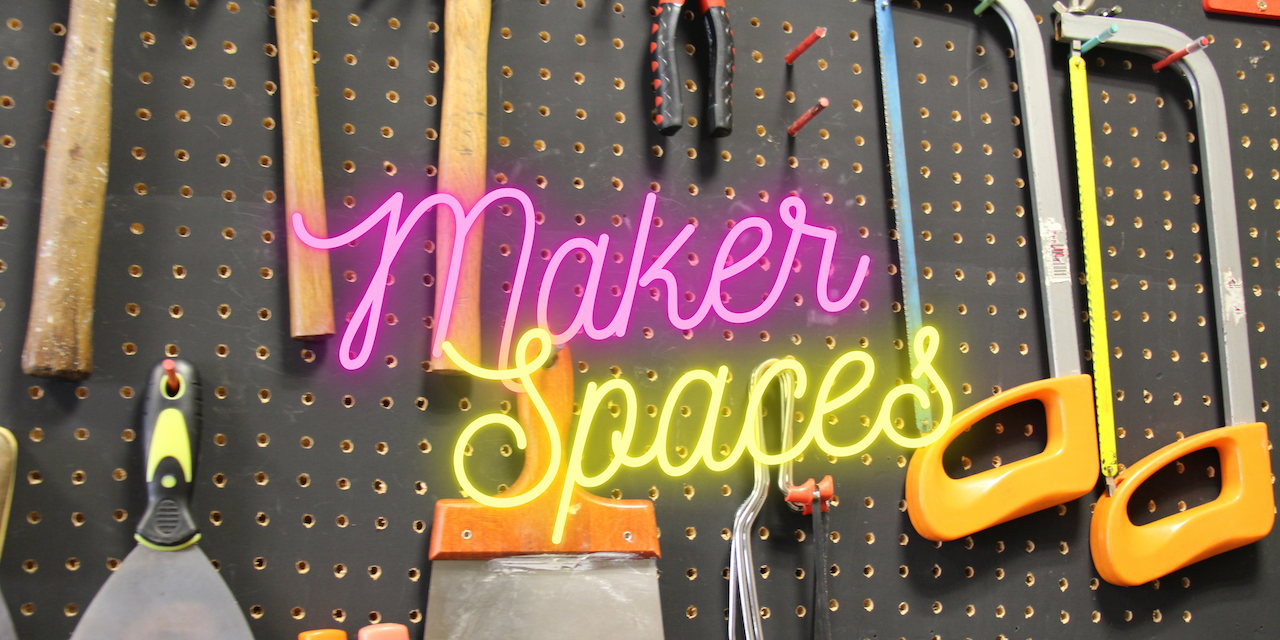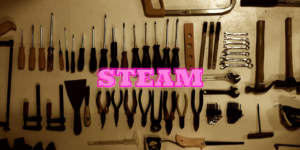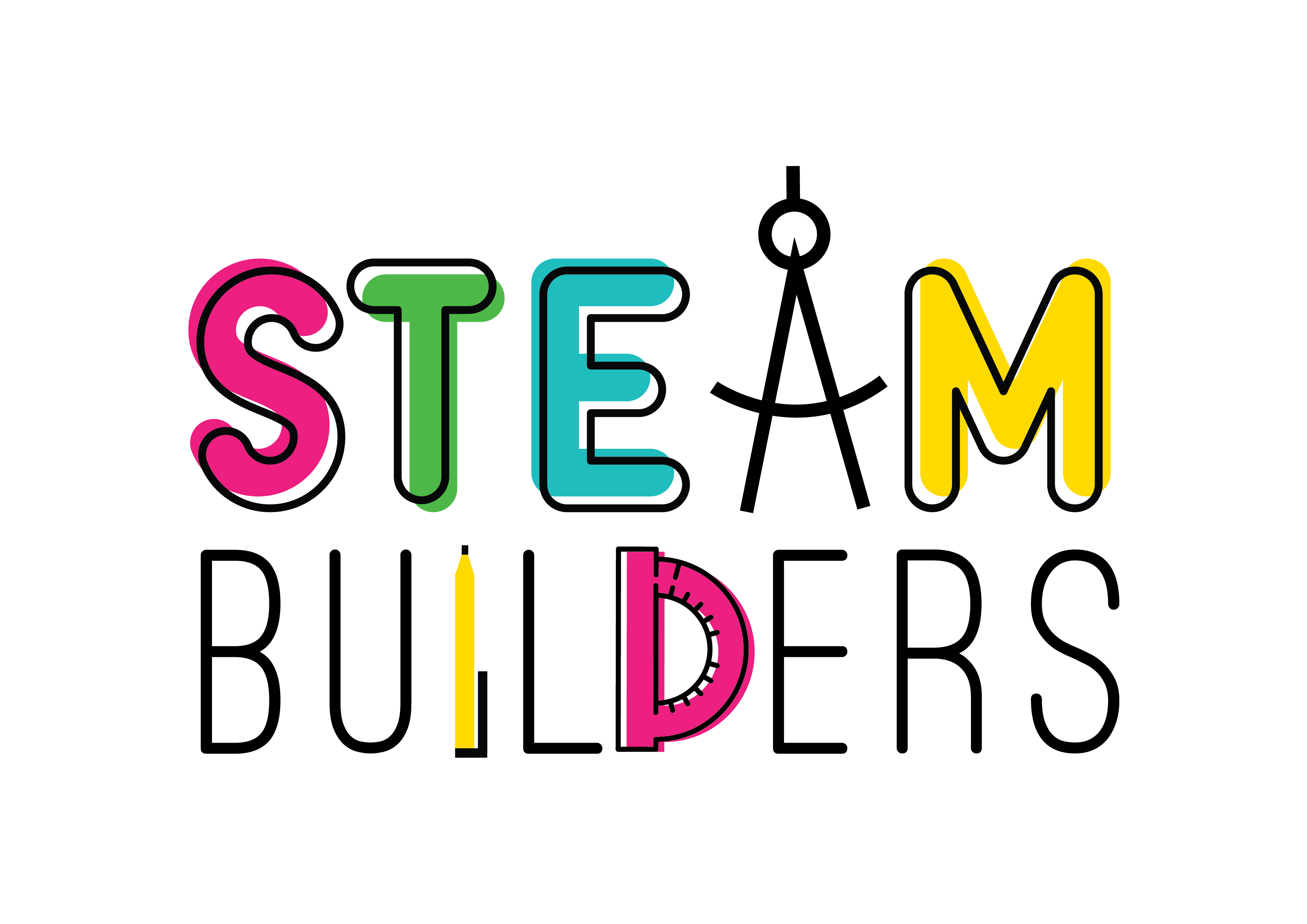
05 Jul STEAM and Non-formal education: engaging and inclusive spaces
STEAM education is emerging both in schools and in non-formal education. The aim is to connect our young people to our reality and to the future. Maker education brings with it new methodologies, new learning environments that can help STEAM education to be inclusive and motivating for girls and young women and to overcome the gender gap in technological vocations.
“The Maker Movement has crept into the consciousness of schools in the past few years. For some, it’s a wake up call that over-tested, over-scheduled young people are not going to become the creative, enthusiastic learners we all hope to nurture. For others, it’s a personal reconnection to our collective, deeply-felt human impulses to create, invent, and shape the world. Makerspaces, genius hour, design thinking, and other frameworks can help make these ideas come to life in classrooms, libraries, museums, and community centers. But are these innovations accessible to everyone, to every child?”
Sylvia Martínez “How to build your Makerspace”
The field of non-formal education is booming. This educational field traditionally associated with leisure education is transforming much faster than school and is generating a growing scene in the areas of digital fabrication, robotics and technology. Mothers and fathers want their sons and daughters to learn basic skills, including programming, building robots and 3D printing among many other possibilities. A series of European projects (SteamBuilders, Makerspaces4Inclusion, SteamONEdu, MakeInTeach, among others) are trying to find ways and build bridges to address this maker emergency with educational and scientific rigour.
However, for this to happen properly, two basic issues must be solved: we need well-prepared professionals (teachers, facilitators, educators, technicians), trained with the necessary pedagogical and technical assets; and we need an accompanying pedagogical framework that is inclusive, broad, that does not focus on machines, that places value on objectives and motivates.
The maker concept is in vogue, this word has a very broad semantics that includes, making, sharing, collaborating, helping, giving, learning. Makerspaces, outside of the school, are providing more and more learning environments around the world, however, the skills that participants tend to learn are disconnected from the current school curriculum. The traditional education system has difficulty recognizing student’s achievement and skills that are learned outside of school settings and procedures. There is a proven way to enable participants to recognize their achievements in these maker environments that can greatly benefit the young participants, connect the activities to the STEAM (science, technology, engineering, arts and mathematics) domains and to the UN Sustainable Development Goals, by linking the activities to real goals. The question is how can we bring the school into this process without it being traumatic for the institution and the professionals?
STEAM is genderless: so men and women have an equal advantage in these areas. And yet, they are often considered more difficult for women. This starts in elementary school, where girls may feel social pressures from peers in their local community to pursue other avenues of study, such as humanities, social studies, and the arts. For those women who continue with their STEAM vocations later in college or in their first jobs, they may also feel lonely, threatened, or abandoned when surrounded only by male peers.
In 2015, the United Nations established the International Day of Women and Girls in Science (February 11) to raise awareness of the importance of diversifying STEAM education and breaking down barriers that reduce access to these fields for women and girls.
We are surprised to learn that, if it were 1975, we would not need an International Day to promote women in STEAM. At that time, women dominated in these sectors. They also played important roles at other times in history. Grace Hopper, Ada Lovelace, Katherine Johnson, Dorothy Vaughn and Joan Clarke, for example, were pioneering women in computing. Today, in Europe, women hold only 20% of computer science jobs. Women and girls represent only 19% of students receiving computer science degrees and represent only 23% of high school students taking advanced computer science exams. These figures are similar in many other countries in the industrialized world.
Most public institutions recognize that the lack of women in technology is a real problem. We are not equipping our young women and girls with the tools they need to access the highest paying and fastest growing jobs in today’s working world. We are giving up on the innovation of young girls and women, who have incredible ideas and potential to transform society. We leave behind our girls, entire communities. The question, then, is how can we make changes so that this does not happen?
First, we must address cultural impediments. Some cultures perpetuate stereotypes about who belongs in technology and who does not. For decades, magazines, advertising and other media have made girls and women feel that STEAM is not a field for them. Therefore, we need to counter culture with culture. We must elevate female role models, in culture, business and everyday life.
Second, we need to encourage girls to be brave, rather than simply striving for perfection. Science, programming and technology is about taking risks, tinkering and trying new things. It’s about trial and error and accepting setbacks. Unfortunately, we think our girls are perfect at avoiding failure and therefore shy away from fields like programming and technology, which is basically about failing and learning. Instead, we should teach girls to be brave, to try new things, even in the face of repeated failure.
Third, we need dedicated commitments and investments from the government and private sectors. But even when we manage to overcome the many obstacles girls face in elementary school and university, they will almost certainly encounter prejudice and discrimination in the workplace. These problems have been built into the industry from the beginning. It is critical that the public and private sector intimately understand the need for diversity and have a commitment to change.
We are aware that from the age of 12 there is a different way of learning between girls and boys. We must take advantage of this fact to direct scientific-technological vocations by favoring access and encouraging their curiosity.
This vocational incubation role is shifting to non-formal education. Makerspaces are playing a key role in supporting young women in learning technical competencies and skills, STEAM-related knowledge, and a range of cross-cutting skills such as critical thinking, expression, knowledge application, social interaction, and social attitudes and values. These inclusive aspects of makerspaces and the attention they pay to fostering diversity make them increasingly attractive to young women as a space where they can be creative and participate in various types of activities. Therefore, we believe that personal attention, organization of activities and adaptation of spaces are incredibly important to successfully generate an inclusive environment. In these spaces girls, regardless of their strengths, weaknesses or social situation, can learn.
If we explore the idea of inclusive design, we can see how the way to design a maker space or an educational activity of creation is not so different and can be applied to the non-formal environment as well as within the school.
By designing for inclusion, and starting from a “strengths” perspective, you can create a maker-related space that is designed for everyone and that challenges and supports girls and young women with a wide range of options. For example, a blind girl’s strengths are her heightened sense of touch, hearing and smell — how can these senses be better utilized in a maker space and made more inclusive?
For an activity or space to be inclusive, consider how “intersection” places can be created. “Intersections” create opportunities for children of all abilities to interact together.
The idea of inclusion is not only important for organizations and institutions of non-formal education or schools. Any space focused on creative and educational maker activities must be mindful of its ability to serve all people: girls, young women, adults, all genders, all backgrounds, and those interested in the arts, engineering, or both. Even in the best-endowed maker environments, one must constantly monitor the assumptions made about the people who might want to use them.
To create inclusive makerspace experiences, facilitators, educators, teachers must take these factors into account:
- Empower learners not just to be passive objects of activities and machines, but to include them as allies and advocates in creating things that matter to them.
- Culturally responsive, situated, and relevant does not mean asking students to write hip hop lyrics about the scientific method. But neither does it mean ignoring hip hop. Seeing cultural practices from the perspective of the creators can open doors and blur the boundaries between facilitators and learners.
- Sensitivity to the environment. Research shows that girls react to an environment that reflects the stereotypical “hacker” culture by negating their interest in science and engineering. If you’re not sure what environment your classroom or maker space conveys, ask the girls or let them take over the space as they please.
- Reduce competition. Both open competitions and more subtle competition, such as that caused by lack of appropriate materials and tools, can reduce girls’ participation. It can also be a barrier for beginners and students who are not considered “technical.” The competition aspect raises the stakes to a level that is too risky for students to jump in and try something they might actually enjoy. Perhaps approaching activities from the perspective of “challenges” and project work helps to reduce competition.
- One type of construction should not be privileged over another. Robots are great, but the same technologies of microcontrollers, sensors, motors and lights could make smart clothes, a useful invention for a woman or, better yet, something no one has thought of before. Provide incentives, multiple pathways, celebration of successes for all types of manufacturing whether digital or not.
There are many, many examples of maker spaces, both community (cultural centers or libraries) and school-based, that work to empower everyone, not just those who want to build robots. Creating these experiences means that everyone can benefit from the learning that occurs when practice is combined with proper pedagogical planning and an educational environment. Makerspaces should serve to empower people, all people, to experiment with ways to make sense of the world, to make the world a better place. Inclusive and motivating lifelong learning spaces.
A Spanish version of this article has published by Wolters Kluwer in CdP Cuadernos de Pedagogía abril 2021 Núm.519


Content developed by Trànsit Projectes
